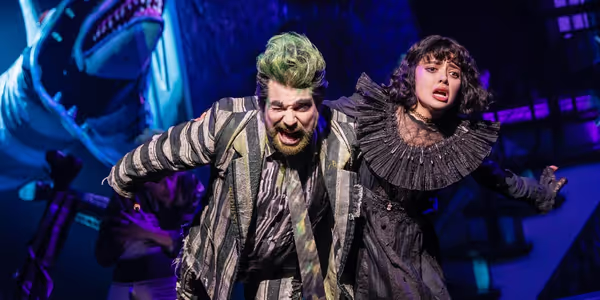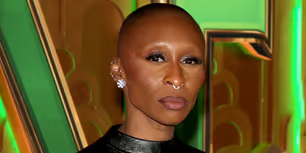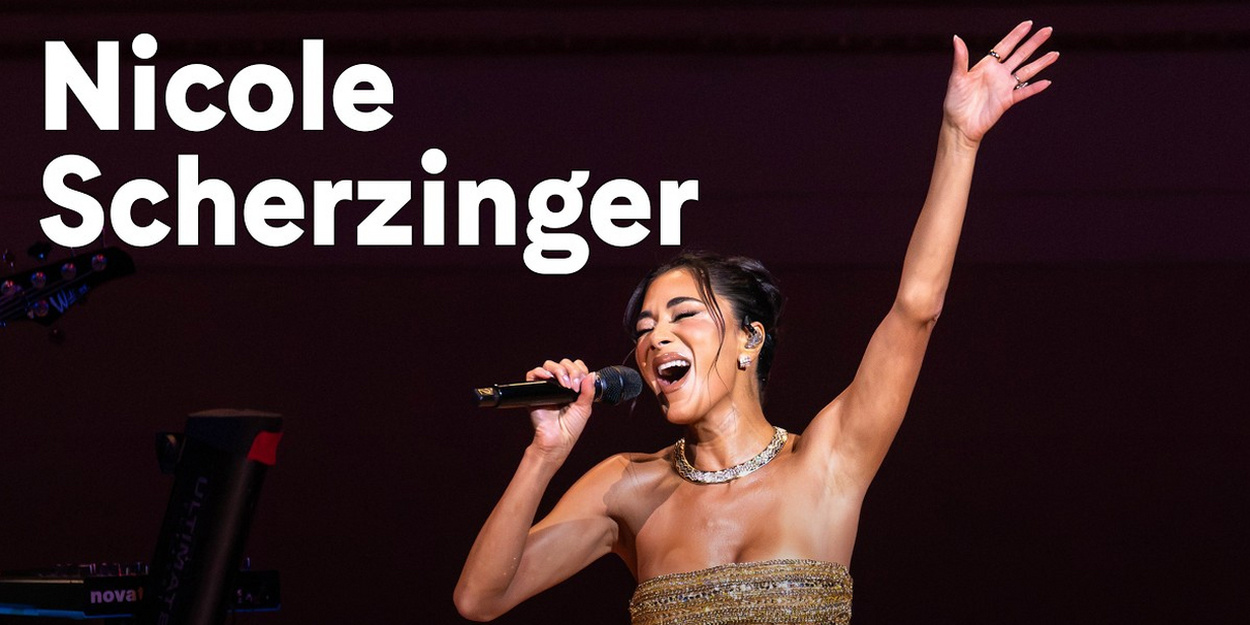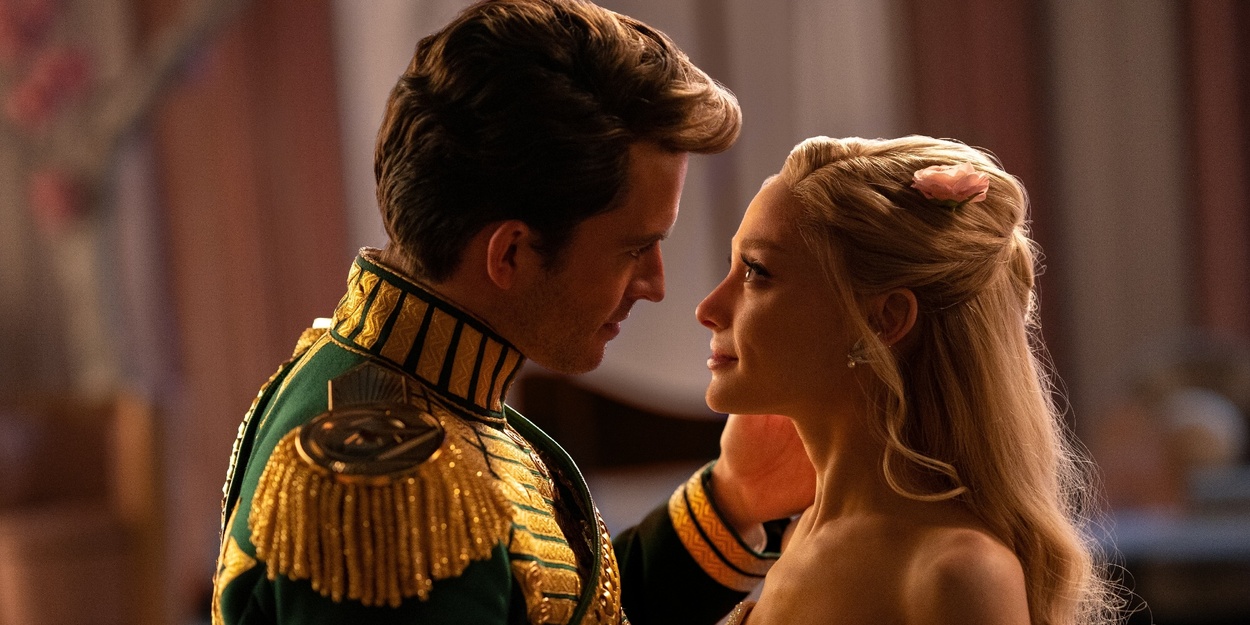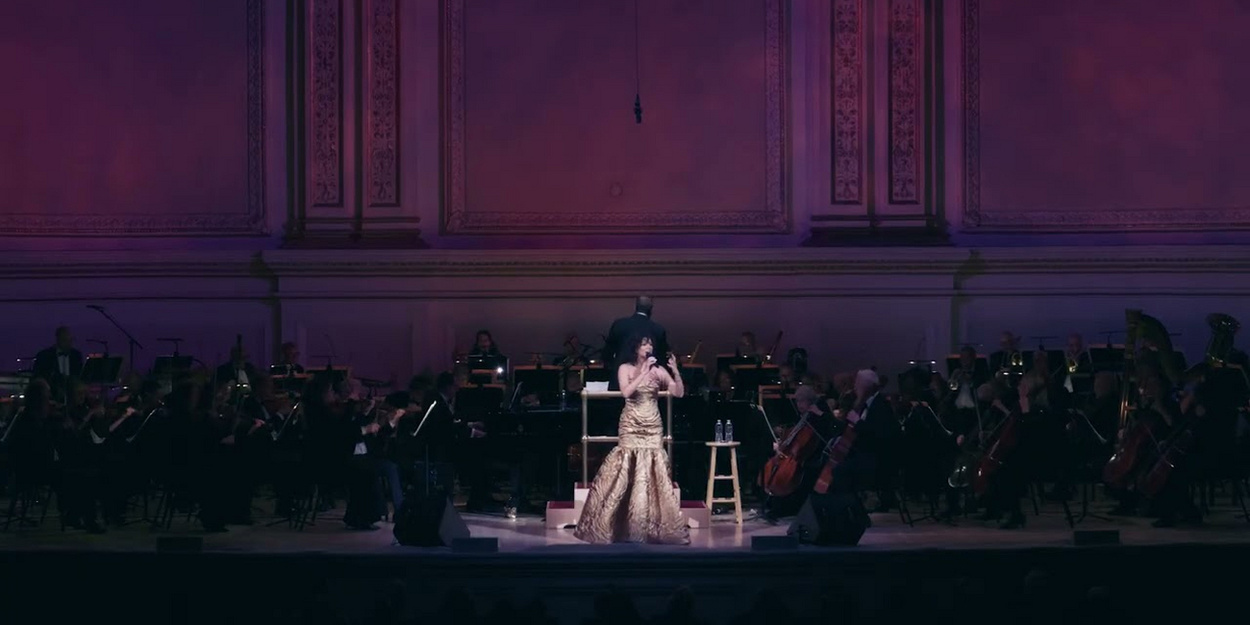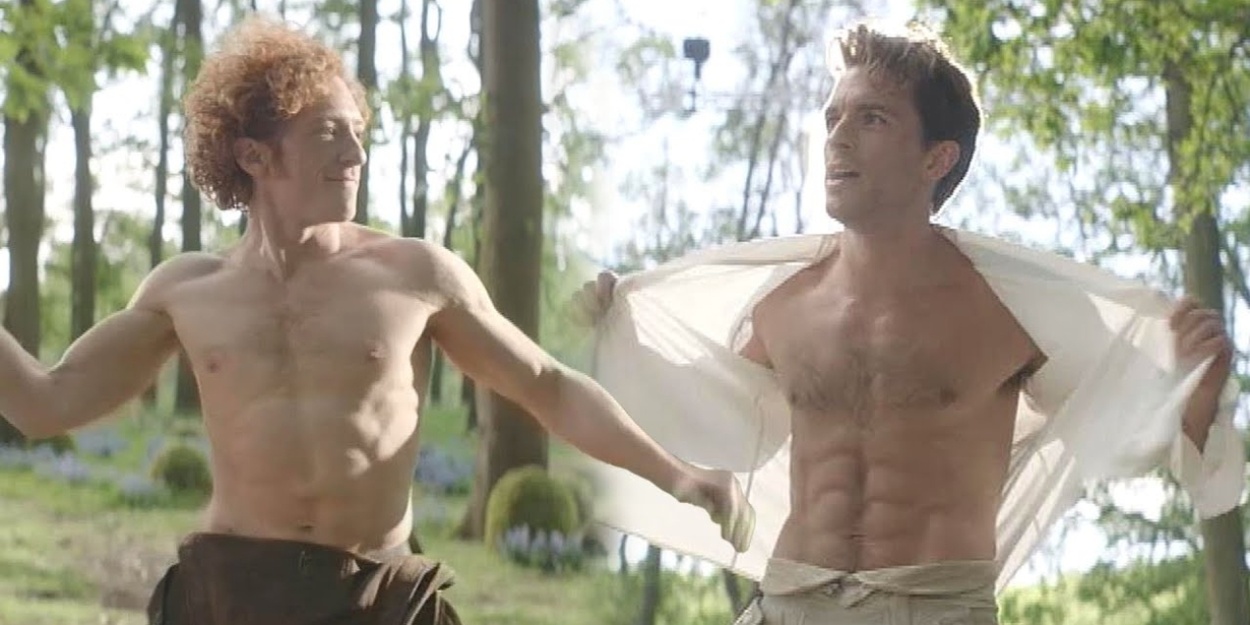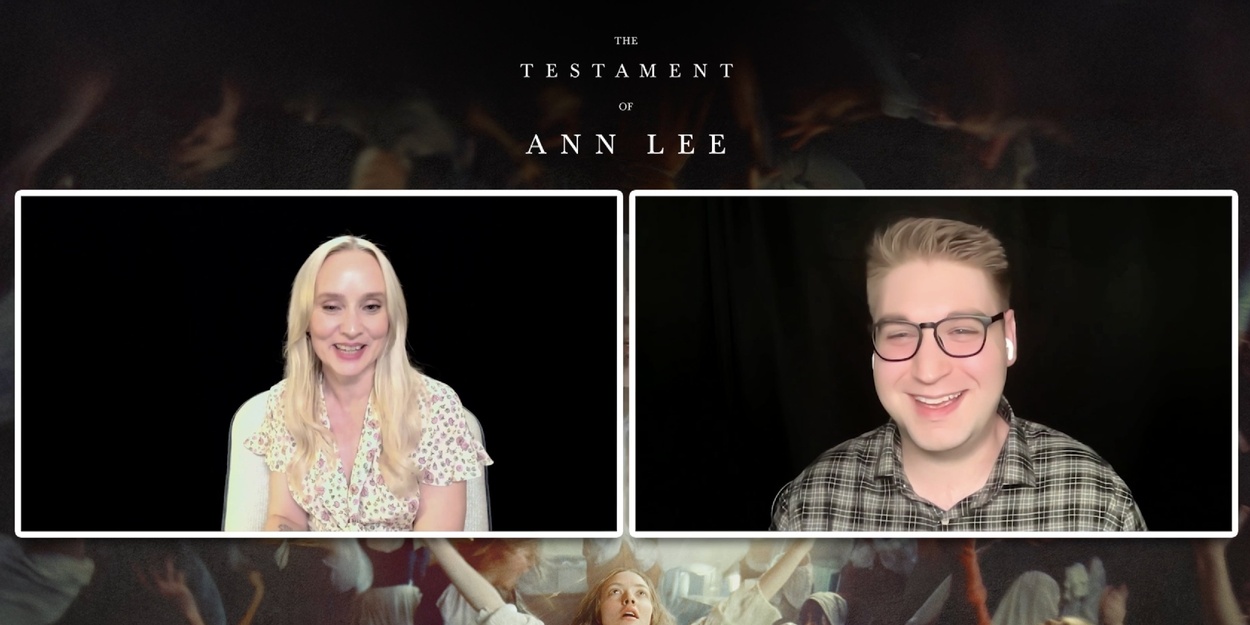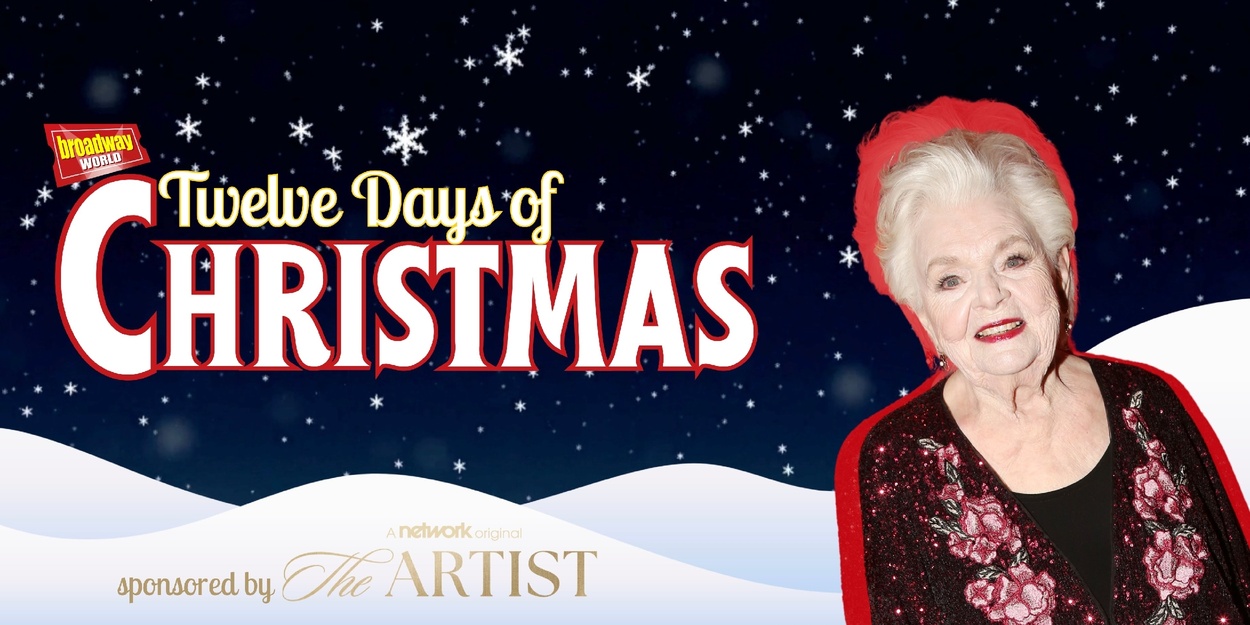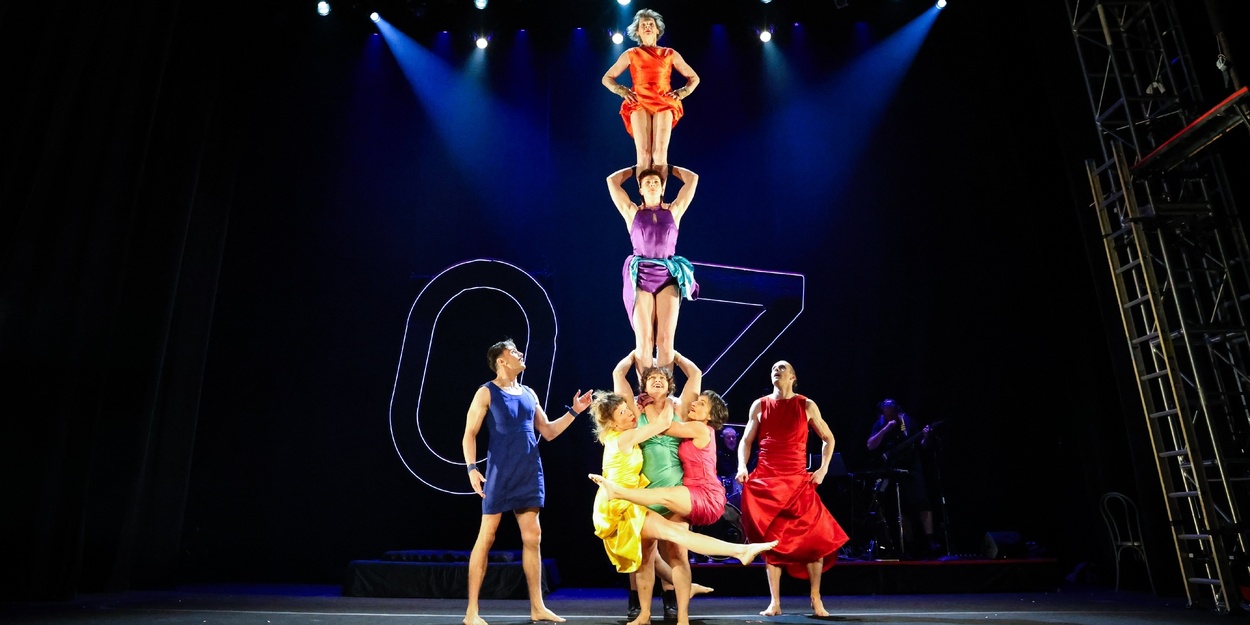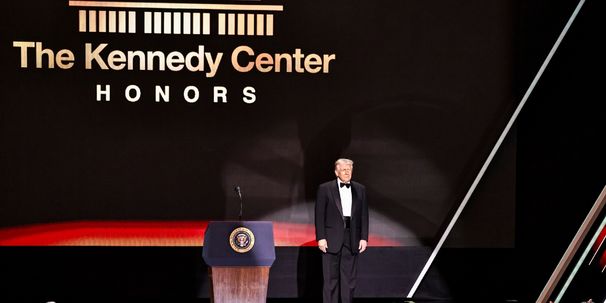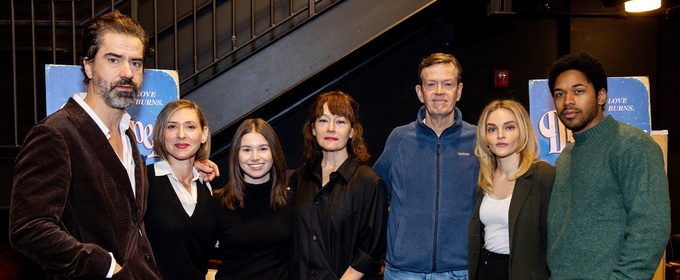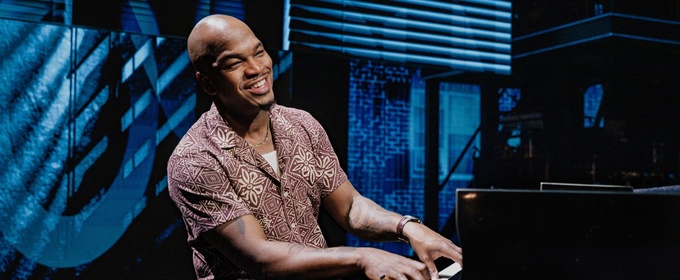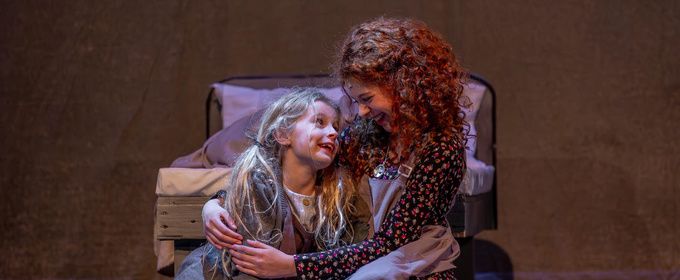Trending Stories
Recommended for You
Kennedy Center Christmas Concert Canceled Over Trump Name Change
Chuck Redd, the host of the concert, shared that he canceled "When I saw the name change on the Kennedy Center website and then hours later on the building,"
WICKED: FOR GOOD Sets Digital Release With Over One Hour of Bonus Features
WICKED: FOR GOOD will now be available to buy or rent exclusively on digital platforms starting December 30.
Video: Cut WICKED Scene With Shirtless Jonathan Bailey & Ethan Slater Released
WICKED: FOR GOOD will now be available to buy or rent exclusively on digital platforms starting December 30.
Trump-Hosted Kennedy Center Honors Draws Lowest Ratings Ever
The CBS ceremony saw a 35% drop in ratings.
Ticket Central
Industry
West End
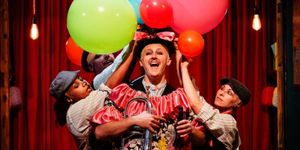
Review: A CHILD'S CHRISTMAS IN WALES, Vimeo
New digital release of director Emma Rice's outstanding adaptation of Dylan Thomas's famous poem
New digital release of director Emma Rice's outstanding adaptation of Dylan Thomas's famous poem
New York City

Adam Pascal and Anthony Rapp, Matthew Morrison and More to Perform at 54 Below in January
The lineup will also feature David Yazbeck, Charles Kirsch, and more.
The lineup will also feature David Yazbeck, Charles Kirsch, and more.
United States

Peter Jacobson to Star in DEATH OF A SALESMAN at Hartford Stage
Jacobson is perhaps best known for his work on television's House, Ray Donovan, The Americans, and Law & Order and more.
Jacobson is perhaps best known for his work on television's House, Ray Donovan, The Americans, and Law & Order and more.
International
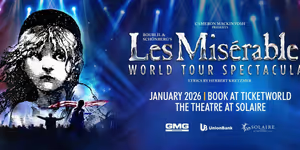
LES MISÉRABLES: WORLD TOUR SPECTACULAR Comes to The Theatre at Solaire in January
The production is expanded from the successful Les Misérables The Staged Concert, which played for over 200 performances in the West End.
The production is expanded from the successful Les Misérables The Staged Concert, which played for over 200 performances in the West End.







